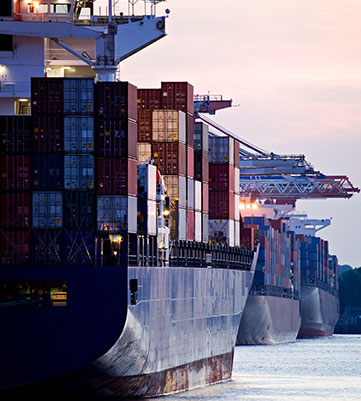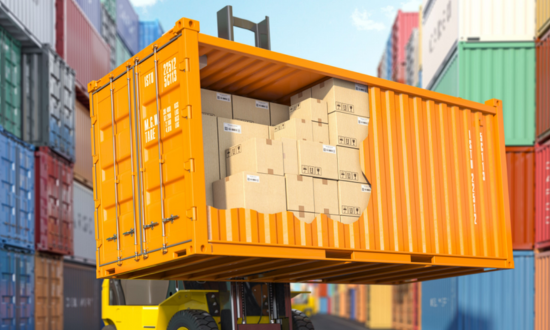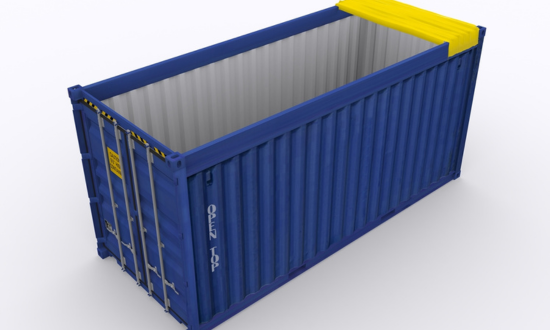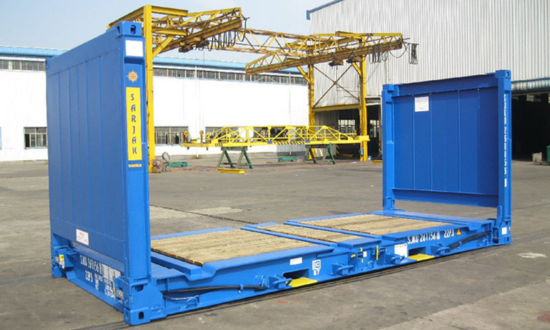
OCEAN FREIGHT
At APT Logistics we deliver highly flexible services through our partnerships with leading shipping lines.The cultivation of long-term, secure partnerships with major shipping lines brings tangible benefits to our customers as we have reliable links with all commercial centres worldwide which is why our Sea Freight services are among the best in the marketplace.
Through these connections we can guarantee capacity and also offer adaptability to the ever changing shipping regulations of every country and port thus enabling a smooth passage for your consignment.
SAILENT FEATURES OF OCEAN FREIGHT
- FCL Consolidation: Full-container-load
- Global consolidation of cargo (LCL service)
- Project cargo and out-of-docket shipments
- Bulk shipments, either dry or liquid (hazardous & non-hazardous)
- Transport of refrigerated containers for pharmaceutical goods
- LCL CARGO: LESS THAN CONTAINER LOAD
- FCL CARGO: FULL CONTAINER LOAD
- OPEN TOP CARGO CONTAINER
- FLAT RACK CARGO CONTAINER

The phrase refers to the movement of modest ocean freight cargo that don't need a container's entire capacity. For this reason, a 'consolidated container' is another term for an LCL container. is a convenient and affordable way to move smaller, less urgent shipments between the main ports across the world. It is possible to use this adaptable transportation technique for both little packages and huge shipments. The benefit is that you don't have to wait until your goods fill an entire container; instead, you may send them on their way as soon as they're ready. Keep in mind that you are not able to choose what other kinds of cargo you share the container with while using LCL. Furthermore, when other parties use the container, there can be delays that are beyond of your control.

This implies that a shipment takes up the whole container, free from the need to share it with other shipments. One shipper owns all the items in a container when it is an FCL cargo. Full container load shipping, or FCL shipping, is comparable to truck borne FTL transport. The cargo is being transported across the seas in this instance. A maritime shipment that fills a container to the brim is referred to as FCL. Six pallets in a 20-foot container and twelve pallets in a 40-foot container are the typical sizes of an FCL shipment. For valuable or large-volume shipments, FCL shipping works best because of the designated space. With this option, there is no chance of contamination or damage because the container is specifically meant for your product. If you're short on time, this is a speedier choice because your shipment arrives at your destination directly.

When it comes to open top containers, APT LOGISTICS is at the top of the pyramid. We have combined flexibility and utility to create open top containers that are specifically designed to guarantee the safe and secure transportation of your cargo. We provide you the biggest fleet. We utilize our open-top containers for any kind of dry freight. Steel bars, ordinary industrial items, pipes, cables, wood, machinery, ore, and other mining resources are frequently transported in these containers. The unique structural characteristics of the open top containers enable them to function exactly how you need them to. A few unique structural elements include the detachable roof bows. The roof bows give the container greater stability when it is being lifted, stacked, and transported. They also support the tarps.

The well-known forwarding company APT LOGISTICS works with a select group of suppliers to offer the newest features and technology in flat rack containers. Our flat racks offer special safety features, make loading and unloading simple, and guarantee safe carriage of your oddly shaped cargo. Heavy items like machinery and pipes that must be loaded from the top or sides can be placed within our flat rack containers. We can provide you with collapsible or non-collapsible containers, with or without walls, based on your goods. Depending on the kind of goods, we can also provide you with lashing winches and lashing belts. We will provide stanchions for your container if necessary.
asdf sadf sdafas dfasdf
asdf asdf sdf asdfa sdf
asdf fasdf asdfasdf asdfsd f



